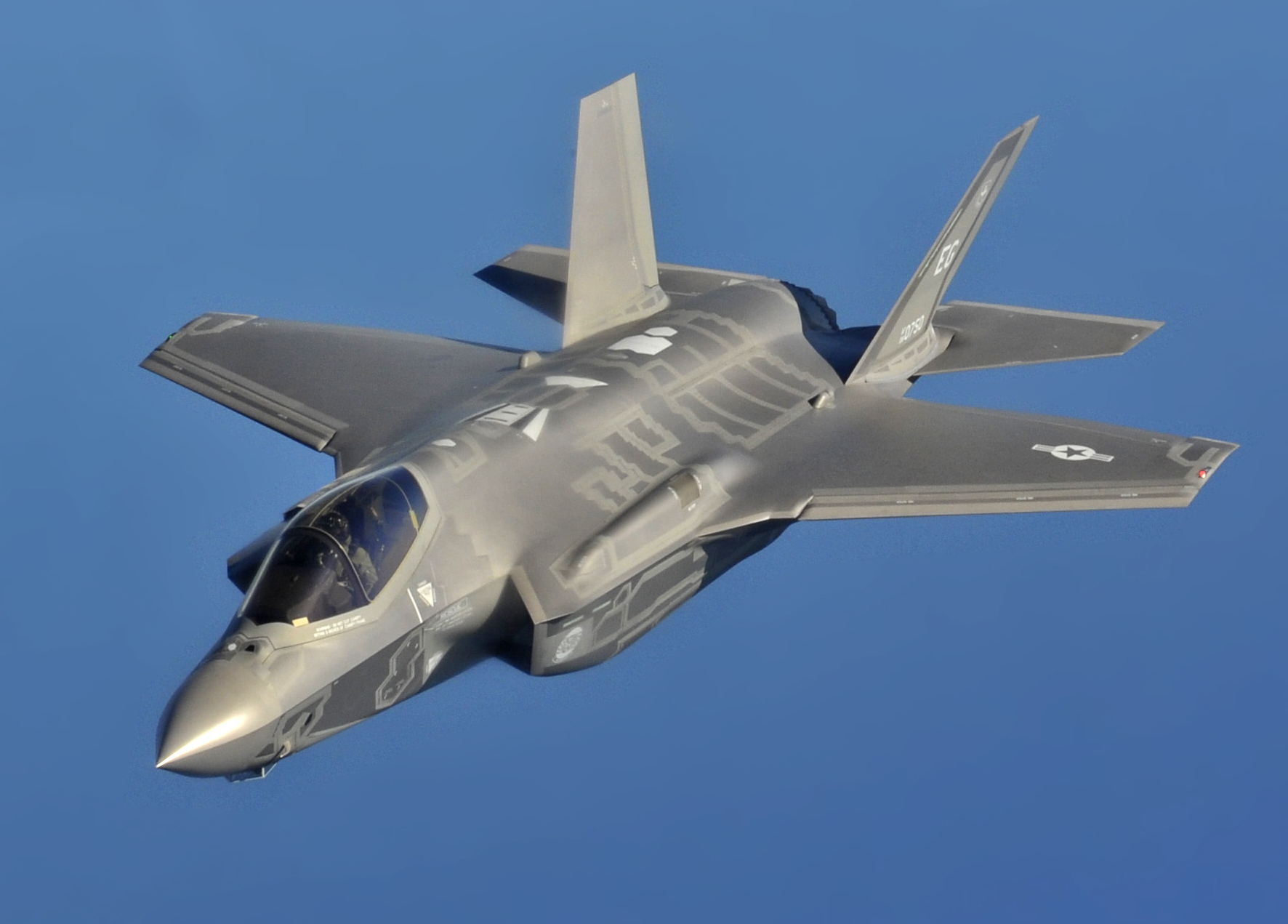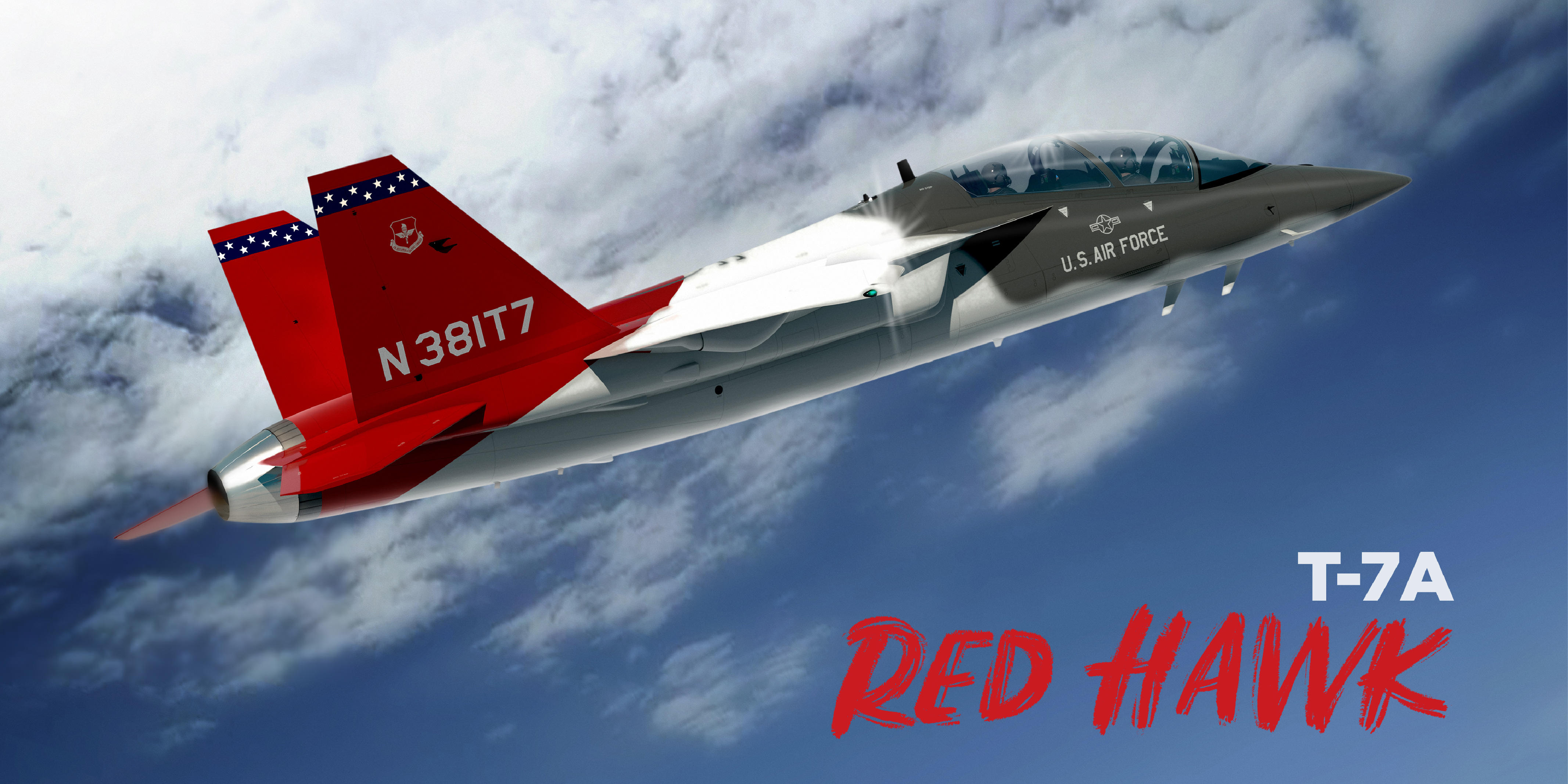As every country aims for modern, powerful fighter aircraft like the Rafales, Typhoons or the F-35s, their extortionate costs are a big drawback. Not every state could afford them, which leads to unfruitful negotiations, a long stretch of a security lapse, or budget cuts in other areas.
Some states would rather have an aircraft capable of protecting their airspace and conducting basic combat missions than have a fleet of high-end fighters.
“In the past, the United States and the Soviet Union had aircraft which they could provide for free or at subsidized rates but that happy state of affairs no longer exists and the air forces of the west have not shown an interest in having export fighters or cheap combat aircraft. Yet there is a pressing need for such planes,” says Amit Gupta, Associate Professor of Indo-Pacific Studies at the USAF Air University Culture and Language Center.
Limited Buyers For Fifth-Gen Fighters
Most nations’ airpower requirements are not concentrated on pricey fifth or 4.5-generation fighters like the F-35 Lightning, the French Rafale, the Typhoon Eurofighter or the F-15EX (Eagles)
Rather, they require a basic aircraft that could carry out surveillance to prevent smuggling, poaching, and environmental disasters, as well as counterinsurgency operations. As a result, the Italian Air Force is now tracking illegal immigration, while Norwegian oil installations in the North Sea are being closely monitored by its military aircraft to guarantee that they can trace a potential oil spill.
Every country is faced with its own unique set of problems influenced by its history, topography, politics, neighbors, and even borders. Advanced aircraft cannot fulfill the requirements of all air forces around the world.

Nigeria discovered that its Jaguar fast jets were ineffective in combating Boko Haram, so it purchased the Brazilian Super Tucano, which allowed it to loiter over the battlefield for a longer period of time to hit insurgent positions, explains Gupta.
Furthermore, in both the Yemeni-Saudi and the Azerbaijan-Armenia conflicts, low-cost drones manufactured with off-the-shelf components have proven their mettle. Yemen’s Houthis utilized low-cost Iranian drones to attack Saudi Arabia’s expensive western-supplied air defenses and oil facilities. The Azeris were able to hammer away at Armenian weaponry with the help of Turkish drones.
Even in Ethiopia, the government led by Abiy Ahmed has made advances against the Tigray rebels and registered strategic gains owing to UAVs such as the Turkish Bayraktar TB2 and the Chinese Wing Loong 2 drones.

So, in a battlefield that could be won with the help of armed and unarmed UAVs or light combat jets, the need for an advanced fighter jet is essentially ruled out.
At the same time, the rising cost of planes has caused other governments to postpone or drastically reduce their plane purchases. Cash-strapped Argentina has struggled to find a cost-effective fighter, and the Uruguayan Air Force has requested the government for any aircraft with radar — they aren’t even searching for a fourth-generation fighter, observes Amit Gupta.
Faced with the rising price of the Rafale deal, India reduced its fighter purchase from 126 to 36 jets. Many of these countries, however, are Western allies facing internal and external security threats. A cost-effective export fighter could be the answer.
Days Of Generosity Have Long Gone
The US had a considerable surplus of World War II and Korean War aircraft, which it could sell inexpensively around the world or even give away for free under the Mutual Defense Assistance Act.
Later, the F-5 Freedom Fighter — and its replacement, the F-5E Tiger — were built specifically for export and sold to countries as diverse as Vietnam, Kenya, Brazil, the Netherlands, and Switzerland.

The MiG-21 had a better track record, with almost 10,000 manufactured in the Soviet Union, 194 in Czechoslovakia, and 657 in India.
Because of the plane’s mass manufacture, it was a relatively inexpensive plane, and the Soviets were able to give planes away for free to friendly air forces.
Furthermore, China produced approximately 2400 J-7s, their own version of the MiG-21, which were sold at subsidized prices to Albania, Zimbabwe, Pakistan, Bangladesh, and North Korea.
However, the number of such aircraft has fallen drastically now.
An Affordable Fighter For US Allies
While the Chinese and Russians have aircraft that they can sell, the US has none that can be classified as a low-cost export fighter. The F-35 Lightning, an upgraded fighter that would provide the alliance’s air forces with a common and interoperable platform, was expected to constitute the backbone of NATO’s air power in the 2020s and 2030s.
In fact, it has been suggested that the US stop the production of its F-22 Raptors to inject money into the F-35 program. However, despite many countries showing interest in the aircraft, it hasn’t been able to achieve the levels that were envisioned for it.
The difficulty was that when jet prices soared, Western countries with aging populations and robust social welfare programs were obliged to choose between buying planes and paying for their citizens’ welfare (the guns vs. butter dilemma).

The Canadians were the first to pull out, canceling their F-35 purchase despite sunk expenses and instead, purchasing mothballed F-18s from Australia. Following that, Italy stated that it would not purchase any additional F-35s and would prefer to cut its current order.
The older F-16 has a stellar reputation around the world, with countries as diverse as Denmark, Pakistan, and Israel praising the aircraft’s combat record. The problem is that most countries cannot afford the latest versions of the aircraft; for example, a planned sale of 12 F-16s and related equipment to the Philippines might cost over $2.4 billion, observes Amit Gupta.
The military analyst suggests that the Western allies require a cost-effective fighter, which might be an armed variant of the T-7 Red Hawk that the US is developing to train its next generation of pilots. The plane can fly at supersonic speed and has sophisticated avionics, and the US Air Force has placed an order for 351 of them.
With such a huge purchase, the cost of further aircraft added to the production line will be reduced, allowing the US to sell the plane to allies that not only need an economical fighter but also want the relationship with the US that comes with arms purchases.
For most American friends, a weaponized Red Hawk with capable but inexpensive radar would be the way to go, allowing Washington to arm governments in South America and Africa that are looking at Chinese and Russian planes. Finally, airpower is required to cement coalitions, but it must be cost-effective.
Red Hawk Fighters
The T-7A Red Hawk is a brand-new advanced pilot training system for the United States Air Force that will teach the next generation of fighter and bomber pilots for decades.
The T-7A, which was created utilizing a digital thread, supports the Air Force’s Digital Century Series plan by allowing new concepts and capabilities to be integrated faster and more affordably through virtual testing.
The T-7A Red Hawk was designed with improved supportability and a maintenance-friendly architecture. To facilitate more rapid and economical future aircraft development, the aircraft was built using digital engineering procedures, agile software development, and an open architecture mission system. These cutting-edge, computer-assisted manufacturing processes support the US Air Force’s Digital Century Series plan while also expanding the supplier base.

The Red Hawk’s fighter-like design and performance, combined with embedded and live virtual constructive training, enables the transfer of training tasks from an existing fleet to a lower-cost platform while also providing realistic training solutions that better prepare pilots for the training mission.
The T-7A is a cheaper, dependable option with important maintenance characteristics that dramatically improve mean time to repair, such as high wing, simple access doors, and quick release panels.
The US Air Force has contracted Boeing to produce 351 T-7As to replace the outdated Northrop T-38 Talon. The company plans to supply four planes per month, but thanks to the computerized design and assembly process, it can boost that to at least 10 per month. This might allow any export orders to be fulfilled quickly without compromising deliveries to the principal customer.
Meanwhile, Boeing continues to test the two BTX-1 prototypes it produced for the T-X review in September 2018, which resulted in a win for the company’s design.
The Red Hawk’s model-based design makes it easier to add new functions and capabilities to the aircraft, making it more adaptable to missions such as armed trainer, aggressor, and light assault than a traditional aircraft. Although Boeing foresees a large market for such aircraft, it is now focused on the development and delivery of the advanced trainer for the United States Air Force.
- Contact the author at etdesk@euraiantimes.com
- Follow EurAsian Times on Google News




